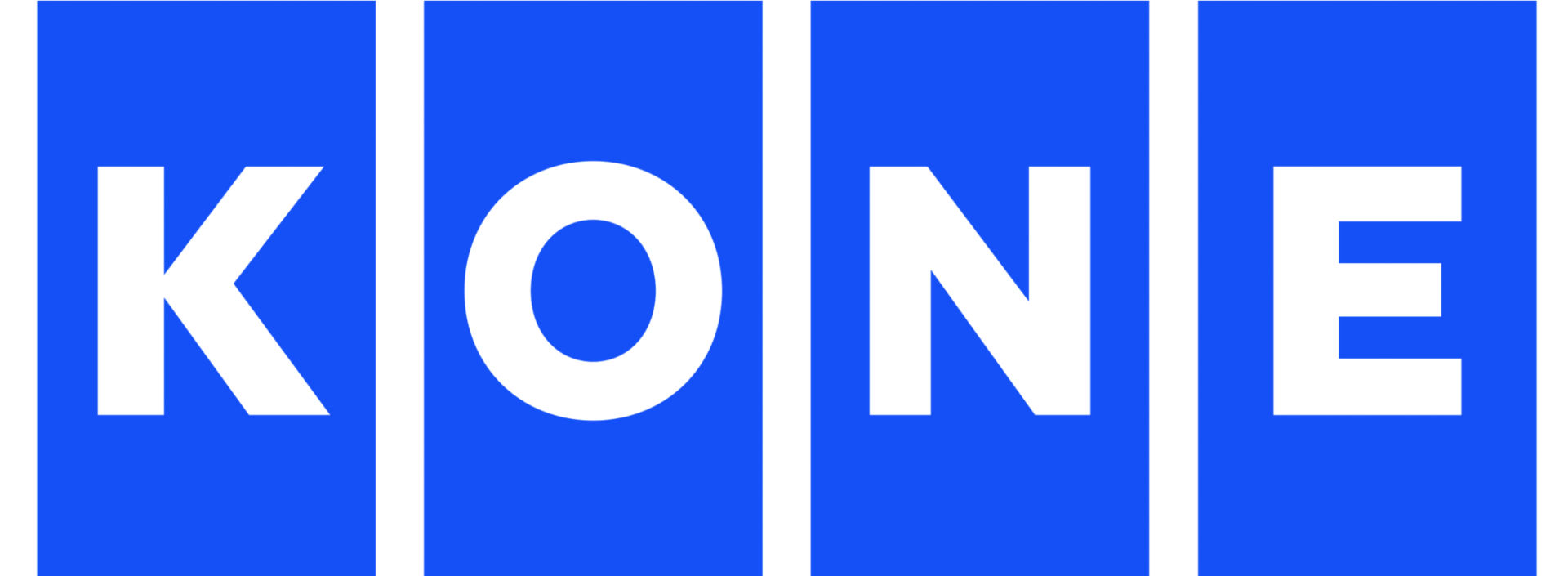Would you like to explore our corporate site or visit your local website?
Stay on Corporate site
The creation of intelligent machines that work and react like humans has been a dream of mankind through history. And thanks to the wonders of technology, the age of artificial intelligence (AI) is here.
“AI comes in a lot of guises. For example, a lot of people talk to their phones or virtual assistants. The car I bought recently has features like automatic braking, it reads speed signs and alerts me if I am going too fast,” explains Andy Stanford-Clark of IBM.
“All these are examples of how machine automation is taking over the role of what intelligent humans do.”
Helping live smarter lives
Automation is another way of saying that AI helps us take care of mundane, repetitive tasks, such as banking and online transactions, allowing people more time to focus on more skilled and nuanced work. But that’s not all. AI can also help augment human performance by interpreting important information, such radiographs, for example, or data collected by sensors from elevators and escalators and needed in their maintenance.
AI is also being used for complex tasks of a much wider scope, including analyzing healthcare and welfare data to make the distribution of public services more efficient. AI’s ability to gather data based on various parameters and to create data models is being used by organizations to make decisions in a more informed manner.
The use of AI in such a manner could vastly improve the way resources are consumed and in many cases, it can help people live in a more sustainable way. The icing on the cake is that AI is a self-learning tool.
“You are training it to analyze, theorize and actualize like we do. We observe our environment; we evaluate it and we have an idea about how to react to it. We then try out that idea, and if it doesn’t work out the way we expected it to, we try something else. This interactive loop of observing and learning is what distinguishes mechanized behavior from AI,” says Stanford-Clark.
Finding the breakthrough AI application
Key to this is feeding AI with the data and information it needs to make the right decisions. And that is where the Internet of Things (IoT) comes in. Smart sensors can gather data on practically every aspect of our lives.
Companies are making everything from IoT-enabled toothbrushes and refrigerators, but they have yet to find the best application for mass consumer use of AI. Smart electricity meters and self-driving cars are getting close, and manufacturing is becoming more intelligent all the time. While that search continues, says Stanford-Clark, the future of AI lies in its industrial applications.
“If you look at the work we are doing with KONE for predictive maintenance, for example, and similar projects in other industries, these are projects with less risk. If we can predict maintenance problems, to tell when something is going to fail rather than service something once a year, or wait and then react when it breaks down, the saving in terms of cost and time can often pay for the investment in IoT and AI technologies on its own.”
KONE and IBM are collaborating on bringing KONE 24/7 Connected Services to market. Here the IBM Watson IoT platform enables escalators and elevators to talk to the cloud intelligently and in real time. The data derived in this way allows building managers to monitor the performance of their equipment and helps them schedule upgrades and maintenance work before problems occur.
“We are seeing huge quantifiable benefits from applications like these, which will then propel AI to be integrated into applications in other industries as the technology improves,” explains Stanford-Clark.
Published on March 16, 2018

